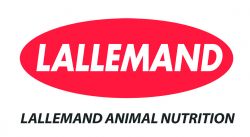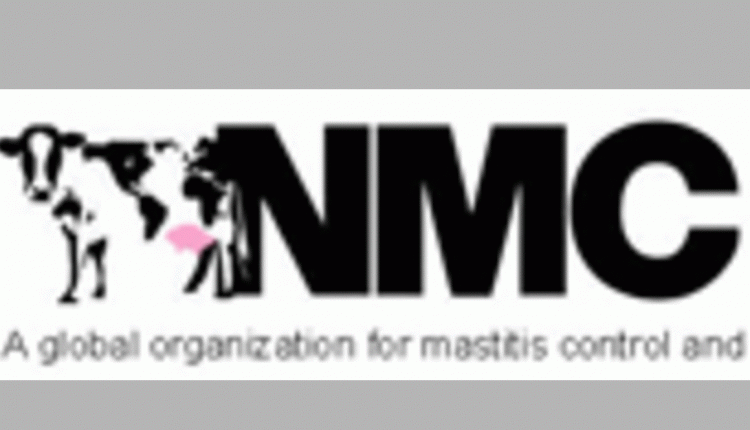
When an immune response is initiated, it can cost cattle producers days — perhaps weeks — of growth and productivity. Avoiding illness is the clear path to maximizing gains and bottom line results.
“It takes energy and protein to mount an immunological response,” explains Andy Skidmore DVM, PhD, Technical Services — Ruminant, Lallemand Animal Nutrition. “We know the direct costs of treating an animal with illness can be high, but we can’t overlook losses in growth, lactation and feed efficiency that may occur as well.”
In humans, it’s estimated an increase of a single degree centigrade in body temperature corresponds to a 10 to 15 percent increase in energy demand to compensate for the immune response. With serious illness or trauma, energy expenditures can reach 40 percent and remain elevated for weeks.1,2
“The cost of a common response, like a fever, can equate to days or weeks of feed expenses,” Dr. Skidmore notes. “Instead of nutrients being used for growth or production, nutrients are used to maintain the immune response.”
These indirect losses make preventing illness the key to maximizing gains. Preparing the animal’s immune system should include good nutrition, vaccinations and low-stress handling. Improved gut health also can help cattle respond to challenges, Dr. Skidmore recommends.
“It’s becoming more widely recognized that the lower intestinal tract of cattle is home to dynamic and robust bacterial communities,” he explains. “Certain probiotics have been proven to stimulate these microbial communities, enhance gut health and even positively interact with the immune system.” 3
Not all probiotics can illicit this response. For example, ProTernative® (Saccharomyces cerevisiae boulardii CNCM I-1079) is a proven probiotic that positively activates the immune system of cattle during times of stress.
Producers can see benefits from feeding ProTernative such as: improved cattle feed uptake4, lowered morbidity and mortality4, improved average daily gain in first 28 days5, higher peak milk levels in transition cows5,6 and reduced fever7.
“In the case of fever alone, it takes a massive amount of energy to increase the entire body mass of a 1,000-pound animal,” Dr. Skidmore says. “Reducing that expenditure through improved disease prevention can help producers feed for growth and gains, rather than just recovery.”
Lallemand Animal Nutrition is committed to optimizing animal performance and well-being with specific natural microbial product and service solutions. Using sound science, proven results and knowledge, Lallemand Animal Nutrition develops, produces and markets high value yeast and bacteria products ─ including probiotics, silage inoculants and yeast derivatives. Lallemand offers a higher level of expertise, leadership and industry commitment with long-term and profitable solutions to move our partners Forward. Lallemand Animal Nutrition is Specific for your success. For more information, please visit www.lallemandanimalnutrition.com.
1 Du Bois, E.F. The Basal Metabolism in Fever. JAMA. 1921;77:352-355.
2 Plank, L.D. and G.L. Hill. Sequential Metabolic Changes following Induction of Systemic Inflammatory Response in Patients with Severe Sepsis or Major Blunt Trauma. World J. Surg. 2000;24: 630–638.
3 Lallemand Animal Nutrition Internal Research. Evaluation of the effect of probiotics (Bactocell and Levucell) on the intestinal microbial ecology of piglets, Ghent University, 2001.
4 Keyser SA, McMeniman JP, Smith DR, MacDonald JC and Galyean ML. Effects of Saccharomyces cerevisiae subspecies boulardii CNCM I-1079 on feed intake by healthy beef cattle treated with florfenicol and on health and performance of newly received beef heifers. J. Anim Sci. 2007(85): 1264-1273.


